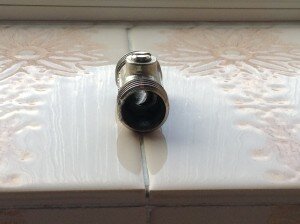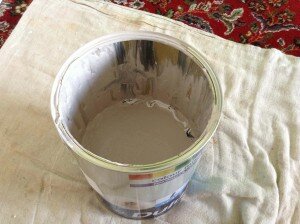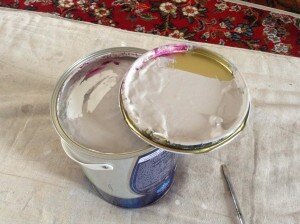Baths have a very common problem:
When full of water and person, the weight is very substantial and this often causes the bath to settle slightly over time which in turn causes the sealant around the edge (where the bath meets the wall) to be stretched slightly and fail.
The common way to address this is to fill the bath before the edges are sealed (or resealed), and leaving the bath full until the sealant has fully cured (often 12 – 24 hours).
However, this is not really getting to the root of the problem.
Suspended floors on the first floor of many houses are commonly timber construction and over time this can ‘sag’ leading to the floor to slightly resemble an old trampoline.
This will be evident in two ways:
Firstly, a gap will often open up between the skirting board and the floorboards of maybe 5 to 10mm
Secondly, items placed around the perimeter of the room, such as wardrobes, will show up the floor’s sagging by leaning away from the wall towards the top.
This is why wardrobes and such need fixing to the wall at the top and/or propping with small wedges or blocks under the front edge.
So given this tendency for a floor to sag, it is hardly surprising for a heavy bath to pull away from the wall leaving a gap around the tiles or wall at the bath lip that is similar to the gap that occurs between a floor and the skirting boards.
While this gap can often be closed subsequently by removing the bath panel and ‘jacking-up’ the bath by adjusting the threaded feet that support the bath, it is still not the best solution in my opinion.
Whenever I fit a bath, I fix a wooden batten (using 2″ x 1″ PSE timber) to the wall around the wall edges at the exact height required for the bath panel to marry up.
Because this effectively supports the bath lip at the wall, it remains immune to any problems of the floor and a gap never opens up regardless of the bath being full or empty.










Recent Comments